Copper oxide ore is an important copper resource. Especially when copper sulfide ore is gradually decreasing, the rational development and utilization of copper oxide resources becomes particularly important. The development of copper oxide ore can not only effectively improve the utilization rate of mineral resources and alleviate the shortage of copper resources, but also provide an important source of raw materials for copper production. However, due to the complex physical and chemical properties of copper oxide minerals, its beneficiation is relatively difficult, so it is very important to choose a suitable beneficiation method.
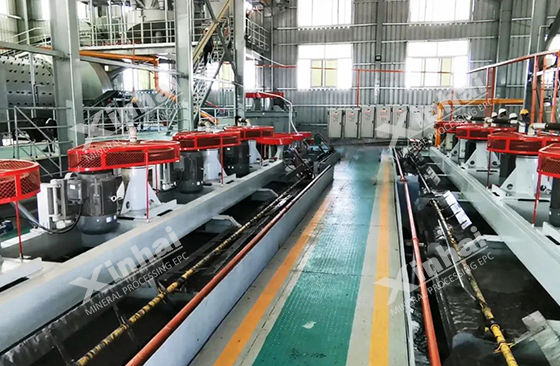
Flotation and chemical beneficiation methods are often used for copper oxide ore beneficiation. Although flotation is the most mature and widely used copper oxide beneficiation technology, not all types of copper oxide ores can be efficiently recovered by flotation. It is difficult to achieve reasonable and effective recovery of copper by flotation treatment of copper ores with fine embedded particle size, low grade, large mud content, high binding rate and high oxidation rate. At this time, the use of chemical beneficiation methods can further improve the recovery rate and concentrate grade of copper oxide ore, making it occupy an important position in the beneficiation process of copper oxide ore. The following will introduce you to the commonly used chemical beneficiation methods for copper oxide ores.
Use the table of contents below to navigate through the guide:
01Acid leaching of copper oxide ore
The acid leaching method is mainly used to treat copper oxide ore containing acidic gangue minerals, such as malachite, cuprite, and black copper ore. The commonly used leaching agent is dilute sulfuric acid. The acid leaching method can extract copper from copper-containing waste rock, off-surface ore, and residual ore. The acid leaching method has a high leaching rate, and the leaching agent is cheap and easy to obtain. However, the acid leaching method is not suitable for treating copper ores containing calcium and magnesium carbonates. The impurity content in the obtained leaching solution is high, and the capital construction cost of acid-proof equipment is high. The acid leaching method is mainly divided into: stirring leaching, tank leaching, heap leaching, pit leaching and in-situ leaching according to its leaching method.
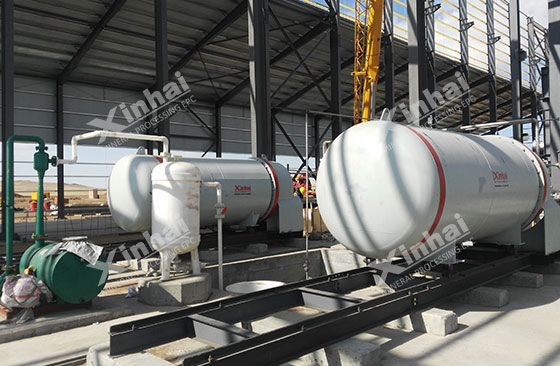
02Ammonia leaching of copper oxide ore
The ammonia leaching method is mainly used to treat copper oxide ore containing calcium-magnesium carbonate gangue minerals, iron-containing gangue minerals and siliceous gangue minerals or copper ore with a large amount of mud, with ammonia or ammonia and ammonium salt as the leaching agent. The ammonia leaching process can be divided into three stages: diffusion control stage-chemical control stage-diffusion control stage. The ammonia leaching method can be directly used to treat raw ore, concentrate, middlings and tailings. The ore can also be treated by ammonia leaching after reduction roasting. The reagents in the ammonia leaching process can be recycled and a high copper recovery rate can be guaranteed. However, the ammonia leaching process has high requirements for equipment and high energy consumption.
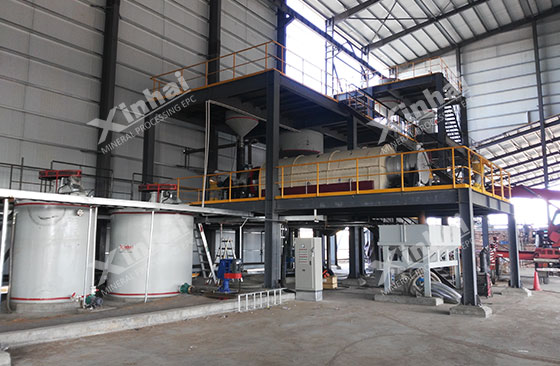
03Bioleaching of copper oxide ore
The types of oxidized copper ores treated by bioleaching include: silicate copper oxide ore, copper sulfide ores with low carbonate content, and oxidized copper ores. The bioleaching process uses the metabolites of microorganisms (ferrous sulfate and sulfuric acid) as leaching agents, and the commonly used microorganism is Thiobacillus ferrooxidans. The bioleaching method has the advantages of simple equipment structure, short operation process, low construction and operation costs, and environmental friendliness. Therefore, it has been widely used and rapidly developed at home and abroad.
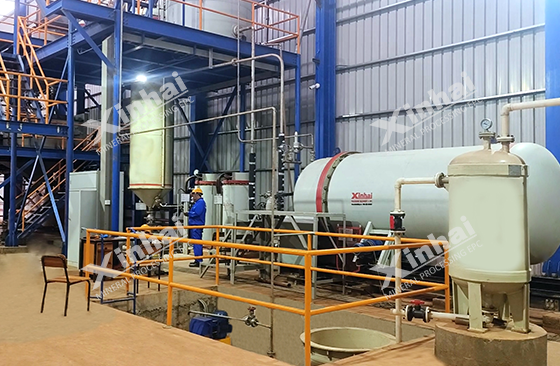
04Isolation-flotation method of copper oxide ore
The separation-flotation method is mainly used to treat oxidized copper ores containing a large amount of malachite and cuprite and a large amount of ore mud, copper minerals impregnated by manganese aluminosilicate, and oxidized copper ores with high combined copper content. The process is to add a small amount of salt and coal powder to the crushed ore, and roast it under oxygen-free conditions at 800℃ to convert the copper in the ore into volatile copper chloride, or directly reduce it to metallic copper or copper sulfide. Subsequently, flotation recovery is carried out using thio compound collectors. This process can effectively treat oxidized copper ores that cannot be treated by conventional methods, and recover comprehensive valuable metals such as gold and silver while treating mixed copper ores. However, the separation-flotation method has the disadvantages of high roasting cost and serious smoke loss, and has not yet been put into industrial production.
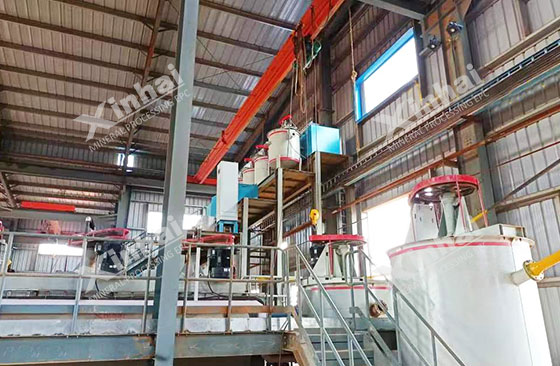
In summary, the rational development and utilization of copper oxide ore resources is of great significance for improving the recovery rate of copper and meeting market demand. Although the beneficiation of copper oxide ore is difficult, different types of oxidized copper ores can be effectively treated by combining flotation with a variety of chemical beneficiation methods. In particular, chemical beneficiation methods such as acid leaching, ammonia leaching, bioleaching and separation-flotation not only provide new ways for the treatment of complex ores, but also greatly improve the recovery rate of copper and the grade of concentrate. In the future, with the advancement of technology and the optimization of processes, these beneficiation methods will play a more critical role in the development of oxidized copper ores and promote the sustainable utilization of copper resources.


 marketing@ytxinhai.com
marketing@ytxinhai.com  0086 13810327080
0086 13810327080 






































































































 CHAT
CHAT MESSAGE
MESSAGE







